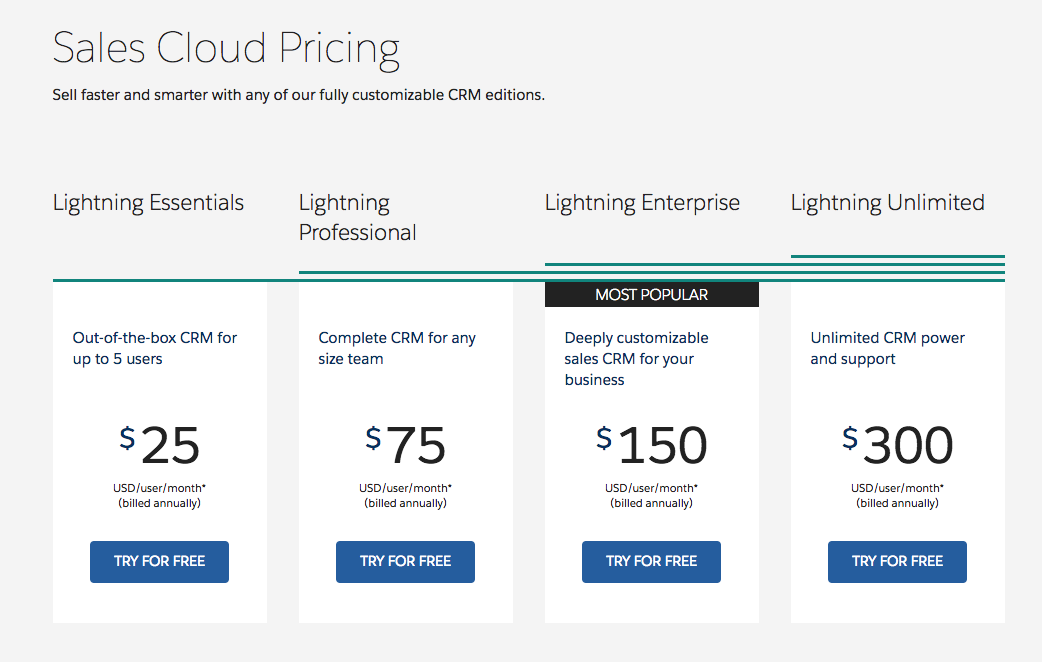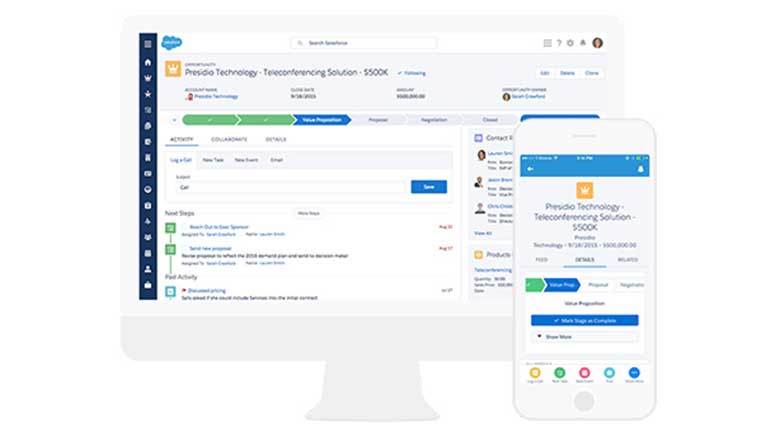BEST SALES MANAGEMENT SOFTWARE
Sales Summit: 3 Things Sales Leaders Desperately Need... But Don't Get
Use CRM Technology to Overcome These 4 Selling Myths
Sales leaders expect three things from their managers: accurate forecasting, a healthy pipeline of opportunity, and the right skills to coach sales reps.
That’s not too much to ask, right?
Jason Jordan of Vantage Point doesn’t think so, and stresses the importance of training managers to successfully reach these objectives. Fusing CRM technology with best practices is the key to reaching management goals. In this Dreamforce Sales Summit breakout session, Jordan demonstrates how the measures and methods of sales management are surrounded by myth and challenges how these misconceptions in order to achieve the 3 things sales leaders ask.
Truth: Forecasts Can Be Accurate Through Technology, Definition, and Training
One of the biggest misconceptions in sales is that the forecast will never be very accurate. In fact, says Jordan, 69% of businesses don’t trust their own forecast. Many businesses report spending time weekly in forecasting meetings. Ironically, companies who met with sales reps quarterly or less showed slightly higher revenue. What this data means to companies is, that while forecasting is important, it shouldn’t overshadow other key sales activities.
So how can sales managers ensure an accurate forecast without letting it take time from customer interactions? The answer, says Jordan, is in better technology and clearly defined terms.
Better technology to produce reports and analytics is found in Salesforce CRM, which is, in our humble opinion, the best sales management software. Real-time data and simple reports drive a better forecast. Companies not currently using a CRM program or those wishing to upgrade can sign up for free sales management software trials to evaluate whether the software will work for their needs. Vantage Point studies report companies that invest in forecasting technology have a 30% higher forecast accuracy. Companies that trained their sales managers in forecasting reported a 27% more accurate forecast.
Clearly defining terms helps the best sales management software further enhance forecasting accuracy. For example, defining the term, “qualified opportunity,” will improve the quality of the forecast tremendously. By allowing only very qualified opportunities be entered into the sales pipeline, the quality of pipeline will drastically improve, leading to higher closing rates, says Jordan. In turn, salespeople and their managers will be able to more accurately predict revenue.
The sales manager, through using CRM, defining the terms, and coaching the frontlines, is the gatekeeper of the forecast. Both salespeople and sales managers have an equal impact on the forecast, says Jordan, who believes both groups should be held accountable for an accurate forecast.
Truth: Bigger Sales Pipelines Aren’t Always Better
Sometimes forecasting puts off more heat than light, says Jordan, meaning that while forecasting is important, managing the sales pipeline will have more meaningful effects on revenue.
Most people in business believe the bigger the sales pipeline, the better. Jordan rejects that reasoning saying that the one-size-fits-all isn’t right for sales pipelines. “When sales managers know how big is enough, good things happen,” Jordan says. While it may seem counterintuitive to limit the sales pipeline, Jordan’s reasoning make good business sense. Jordan recommends placing focus on the quality of deals to put a tighter screw on the pipeline.
Jordan suggests training reps to qualify customers before adding them as an opportunity in the pipeline. The more qualified an opportunity is, stresses Jordan, the more deals will move through the pipeline, increasing revenue. The pipeline will be tighter but produce more revenue. When salespeople enter only quality opportunities in the pipeline, “they’ll spend less time chasing junk and more time actually working on real deals,” Jordan explains.
Jordan insists sales managers coach their frontlines along the way to increase contracts, closing rates, and revenue. That’s where CRM technology is invaluable. Running reports on individual activities and pipeline allows managers to drill down to see the steps that need to be taken.
Truth: Forecasting and Pipeline Management Are Not the Same Thing
Another misconception is that pipeline management and forecasting are the same thing. In fact, many organisations hold their pipeline and forecasting meeting during the same time, further blurring the lines between the two practices. Jordan offers two distinct definitions. Forecasting is using data to make predictions. Pipeline management, says Jordan, is looking at the sales pipeline and asking ‘what can I do differently today to win more deals?’
When sales managers understand that the pipeline is not a function of chance and they truly can have an effect on the bottom line, amazing things can happen in your organisation. Sales management software can give managers data to analyse in order to take action. A trial of free sales management software can help managers see how to use data to move deals through the pipeline.
Pipelines produce both heat and light, says Jordan, meaning that an effectively managed pipeline shows a direct correlation to revenue. Jordan shares Vantage Point research that shows a 15% relative growth of revenue when companies effectively manage their pipeline. “Pipeline management...is a really powerful place to know what to do. These are the deals that are either going to be won or lost. They’re live deals that have been qualified in the system that are either going to be your revenue or someone else’s revenue,” emphasises Jordan.
To have a better pipeline, Jordan recommends having a well-defined sales process. Companies with a well-defined sales process show 18% more revenue than companies with an informal sales process. Your sales process, says Jordan, should mirror your buyers’ process and should show incremental commitment.
To define a good sales process and gain incremental commitment, sales managers need to commit the time to discuss the pipeline with their frontlines. Using CRM reports to understand and analyse data gives sales managers the information needed to really coach.
Truth: Coaching Is Not Inspecting
Another misconception lies in the discrepancy between what sales managers see as coaching and what actual coaching is. Jordan points out a fundamental problem in sales that directly influences the sales pipeline: most sales managers have not been trained how to coach. There is a difference between inspection and coaching, says Jordan. Even with the best sales management software, if all a manager is doing is telling his rep to sell more, the interaction is little more than inspecting the numbers. “One of the biggest issues with coaching is the definition,” says Jordan. Coaching should feel like coaching.” Coaching isn’t just talking to sales reps, asking for status updates, or scrubbing data. Jordan recommends setting up formal coaching times to meet with salespeople.
In a study done by Vantage Point, relative revenue growth is 11% higher when sales managers spend 3 or more hours per week coaching sales reps about their sales pipelines. When you’re spending that much time, says Jordan, you can’t help but have meaningful, coaching conversations. Training is also a factor. Companies who say they’ve trained their sales managers have a 9% relative revenue growth.
Jordan suggests three tasks for sales managers to coach reps: identifying coachable activities, defining coaching conversations, and establishing a coaching schedule. In one company Jordan worked with, the company went from a 25% close rate to a 51% close rate in 18 months, showing the impact of deliberate coaching.
If sales leaders want accurate forecasts, healthy pipelines, and good coaching, they need to leverage sales managers. Jordan concludes, “There’s nothing earth shattering you have to do here, it’s just better execution. It’s tightening up, defining, setting expectations. The data says if you do that, all things are better.”




